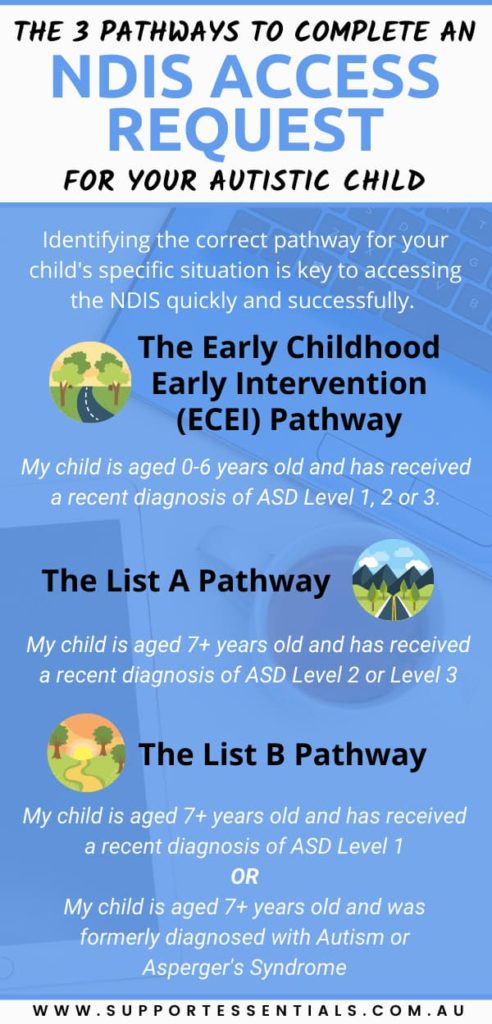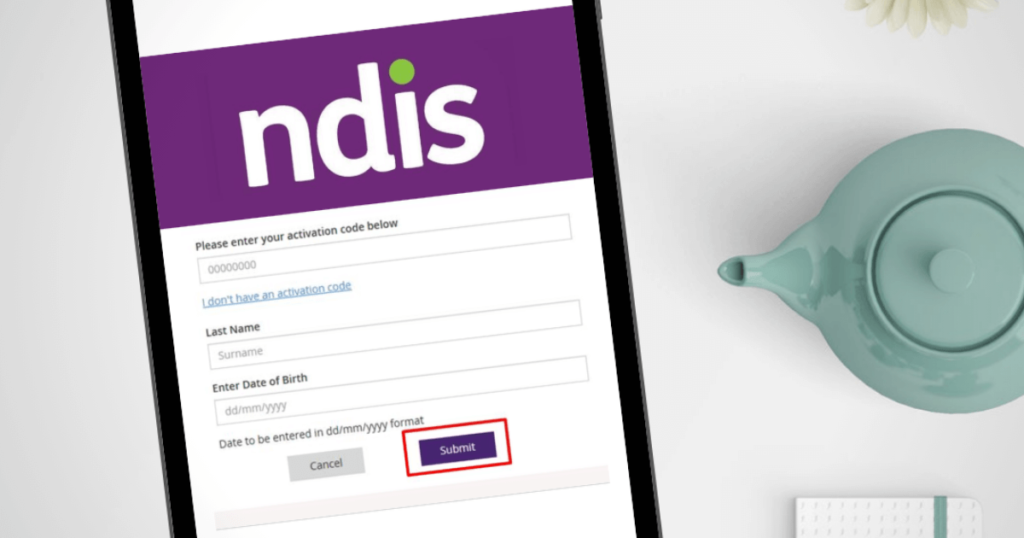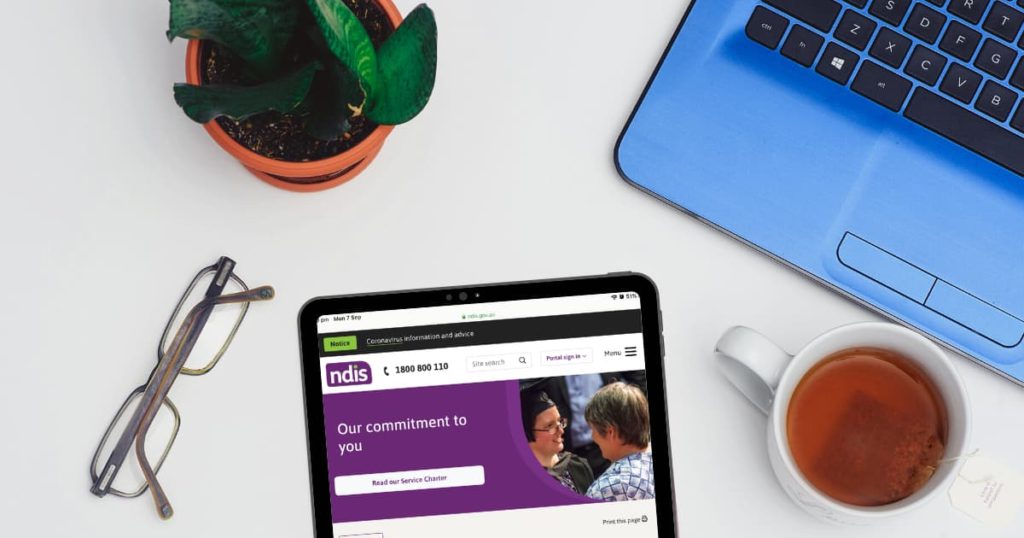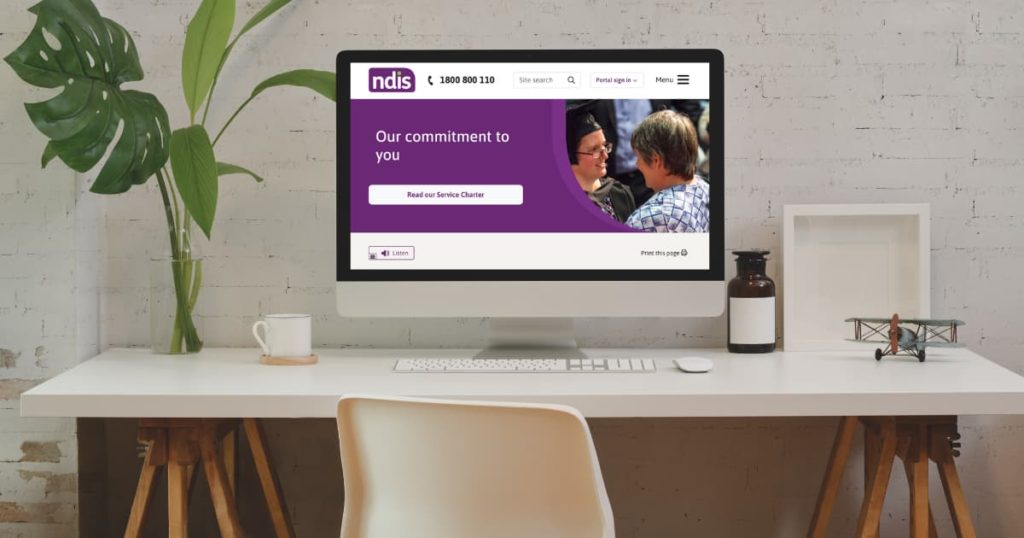The Different Pathways Available to Complete an NDIS Access Request for Your Autistic Child
Parents of Autistic children in Australia often find it difficult to navigate their child’s access to the National Disability Insurance Scheme (NDIS).
Initially it seems quite simple, you quicky determine your child meets the age and residence requirements, but as you undertake to comprehend the disability requirements, confusion sets in.
Why is it so hard?
Primarily because there are multiple pathways for accessing the NDIS for those with Autism Spectrum Disorder (ASD) to choose from. Each pathway differs depending on the participant’s age, diagnosis and diagnostic process.
The Early Childhood Early Intervention (ECEI) pathway is for children aged 0-6 years old with any ASD diagnosis.
The List A pathway is a streamlined pathway for children aged 7 years and above who have a Level 2 or Level 3 ASD diagnosis.
The List B pathway is for children aged 7 years and above who have a diagnosis of ASD Level 1, Asperger Syndrome, Atypical Autism, Childhood Autism or any other Persuasive Development Disorder.
The key to accessing the NDIS quickly and successfully lies in identifying the correct pathway for your child’s specific situation.

The Early Childhood Early Intervention (ECEI) Pathway
Children aged 0 – 6 years old with an Autism diagnosis can access the NDIS using the Early Childhood Early Intervention (ECEI) approach.
This is the only way to access the NDIS if you are under 7 years old.
Access to the NDIS via an ECEI approach is not just for those with a diagnosed disability. Children with developmental delays can also gain access to the NDIS via the ECEI approach.
Access to the NDIS via the ECEI approach requires you to provide written proof of your child’s disability and/or developmental delays.
In 2018 the NDIS commissioned A National Guideline for the Assessment and Diagnosis of Autism Spectrum Disorder in Australia from the Cooperative Research Centre for Living with Autism (Autism CRC).
For easy access to the NDIS it is highly recommended that your child be diagnosed as per the national guideline by an NDIS approved provider.
The guideline specifies that a written report be provided upon completion of the assessment. You can provide this report to the NDIS as proof of your child’s disability. Alternatively, you can have your child’s specialist complete the Professional’s Report section in Part F of the Access Request Form.
You can read more about accessing the NDIS via the ECEI approach here.
How to Complete an NDIS Access Request for Your Autistic Child via the ECEI Pathway
There are two options to complete an NDIS access request for your Autistic child via the ECEI pathway.
Option 1 – Over the Phone via a Verbal Access Request
1. Phone the NDIS on 1800 800 110 and select the appropriate option for an NDIS Access Request.
2. Answer the NDIS’s proof of identity and eligibility questions. (You can refer to the Access Request Form for a list of the questions you will be asked.)
3. Provide details of your child’s disability including details of the documented proof you have of your child’s disability. Be prepared to provide copies of these documents via email or post, or to your allocated ECIE partner at your first meeting.
4. Find out the name of your allocated ECEI partner.
If you meet the requirements, access may be granted access over the phone and/or you will be given instructions about what happens next.
Option 2 – In Person via Your ECEI Partner
1. Phone your allocated ECEI partner and make an appointment to discuss your child’s needs. (You can contact the NDIS on 1800 800 110 if you don’t know who your allocated ECEI partner is.)
2. Gather all of your supporting documents for your appointment. Your ECEI partner will walk you through the ECEI process.

The List A Pathway
The National Disability Insurance Agency (NDIA) has created several lists of disabilities in order to streamline their process for determining the disability access requirement. ‘List A’ is one such list.
According to the NDIA,
Where a prospective participant has been diagnosed with a condition/s on List A the NDIA will be satisfied that the person meets the disability requirements without further assessment.
NDIS Operational Guidelines Section 8.6.1
The List A entry for Autism is as follows:
Autism diagnosed by a specialist multi-disciplinary team, paediatrician, psychiatrist or clinical psychologist experienced in the assessment of Pervasive Developmental Disorders, and assessed using the current Diagnostic and Statistical Manual of Mental Disorders (DSM-V) diagnostic criteria as having severity of Level 2 (Requiring substantial support) or Level 3 (Requiring very substantial support).
NDIS Operational Guidelines Section 14
What does this mean?
This means that if your child has been diagnosed with ASD Level 2 (ASD2) or ASD Level 3 (ASD3) and was diagnosed as per the requirements listed above, your child will automatically meet the NDIS disability criteria.
Access to the NDIS via the List A approach requires you to provide written proof of your child’s disability.
In 2018 the NDIS commissioned A National Guideline for the Assessment and Diagnosis of Autism Spectrum Disorder in Australia from the Cooperative Research Centre for Living with Autism (Autism CRC).
For easy access to the NDIS it is highly recommended that your child be diagnosed as per the national guideline by an NDIS approved provider.
Before you complete your access request, check your child’s diagnosis letter or report for these three key pieces of information:
1. Your child was diagnosed by one of the following qualified specialists:
- a specialist multi-disciplinary team
- a paediatrician
- a psychiatrist
- a clinical psychologist
2. Your child was assessed for Autism using the Diagnostic and Statistical Manual of Mental Disorders, Fifth Edition (DSM-V).
3. Your child’s support level has been assessed as ASD2 or ASD3 and is clearly stated as such.
If your diagnosis documentation is missing or vague about these three key pieces of information, contact your child’s diagnosing specialist and ask them for a clearly-worded letter of diagnosis.
How to Complete an NDIS Access Request for Your Autistic Child via the List A Pathway
There are three options to complete an NDIS Access Request for your Autistic Child via the List A pathway.
Option 1 – Over the Phone via a Verbal Access Request
1. Phone the NDIS on 1800 800 110 and select the appropriate option for an NDIS Access Request.
2. Answer the NDIS’s proof of identity and eligibility questions. (You can refer to the Access Request Form for a list of the questions you will be asked.)
3. Provide details of your child’s disability including details of the documented proof you have of your child’s disability. Be prepared to provide copies of these documents by email or post.
4. Find out the details of your allocated Local Area Co-Ordinator (LAC).
If you meet the requirements, access may be granted access over the phone and/or you will be given instructions about what happens next.
Option 2 – In Writing with an Access Request Form (ARF)
1. Download an Access Request Form
2. Complete all the questions on the form and attach your documented proof of disability and any other relevant reports or supporting documents.
3. Submit your form by email (recommended) or post and wait to hear from the NDIS.
Option 3 – In Person at the office of your Local Area Co-Ordinator (LAC)
1. Phone your LAC and make an appointment to complete an NDIS Access Request. (You can contact the NDIS on 1800 800 110 if you don’t know who your LAC is.)
2. Bring all of your supporting documents to your appointment. Your LAC will help you complete your Access Request Form.
3. Your LAC will submit your ARF to the NDIS on your behalf.

The List B Pathway
The National Disability Insurance Agency (NDIA) has created several lists of disabilities in order to streamline their process for determining the disability access requirement. ‘List B’ is one such list.
According to the NDIA, List B is a list of
Permanent conditions for which functional capacity are variable and further assessment of functional capacity is generally required.
NDIS Operational Guidelines Section 15
Of the disabilities listed on List B, these are the ones that pertain to Autism:
- Pervasive developmental disorders not meeting severity criteria in List A or List C
- Asperger syndrome
- Atypical autism
- Childhood autism
ASD Level 1 (ASD1) is inferred in this list as ASD1 is a Pervasive Development Disorder but does not meet the severity criteria in List A (which only specifies Level 2 and Level 3 ASD).
The NDIA also states
Where a prospective participant has been diagnosed with a condition/s on List B the NDIA will be satisfied that the person has a disability attributable to one or more impairments that is, or is likely to be, permanent without further assessment.
For prospective participants diagnosed with a condition/s on List B, the NDIA will only need to assess whether the prospective participant:
– has an impairment/s that result in substantially reduced functional capacity to perform one or more activities;
– has impairment/s which affect the person’s capacity for social or economic participation; and
– is likely to require support under the NDIS for the person’s lifetime.
NIDS Operational Guidelines Section 8.6.2
What does this mean?
This means if your child has been diagnosed with a disability on this list the NDIS accepts that your child has a permanent disability, but would like more information about their functional capacity in order to make a decision about whether they can access the NDIS.
Access to the NDIS via the List B approach requires you to provide written proof of your child’s disability and provide written evidence from an approved treating health professional/s about how your child’s functional capacity is substantially reduced by their disability.
For the primary disability of Autism, the NDIS has specified the following disability evidence and treating health professionals as “the most appropriate to provide the standardised assessments that are considered “best practice” in evidence.”
For evidence of your child’s disability (in preference order):
- Diagnostic and statistical manual of mental disorders, fifth edition (DSM-V)
- Vineland adaptive behavior scale (Vineland-II)
- World Health Organisation disability assessment schedule (WHODAS) 2.0 (17 years and over) or
- PEDI-CAT (16 years and under).
For treating health professionals who can provide evidence about your child’s reduced functional capacity:
Any member of a multidisciplinary team:
- Psychologist
- Occupational Therapist
- Speech Therapist.
If you feel you need more information, here are 4 Tips for Applying to the NDIS for ASD1 to help you complete an NDIS Access Request for your Autistic child via the List B pathway.

How to Complete an NDIS Access Request for Your Autistic Child via the List B Pathway
There are three options to complete an NDIS Access Request for your Autistic Child via the List B pathway.
Option 1 – Over the Phone via a Verbal Access Request
1. Phone the NDIS on 1800 800 110 and select the appropriate option for an NDIS Access Request.
2. Answer the NDIS’s proof of identity and eligibility questions. (You can refer to the Access Request Form for a list of the questions you will be asked.)
3. Provide details of your child’s disability including details of the documented proof you have of your child’s disability and evidence from approved treating health professionals about your child’s reduced functional capacity. Be prepared to provide copies of these documents by email or post.
4. Find out the details of your allocated Local Area Co-Ordinator (LAC).
You will be given instructions about what happens next.
Option 2 – In Writing with an Access Request Form (ARF)
1. Download an Access Request Form
2. Complete all the questions on the form and attach your documented proof of disability, evidence from approved treating health professionals about your child’s reduced functional capacity, and any other relevant reports or supporting documents.
3. Submit your form by email (recommended) or post and wait to hear from the NDIS.
Option 3 – In Person at the office of your Local Area Co-Ordinator (LAC)
1. Phone your LAC and make an appointment to complete an NDIS Access Request. (You can contact the NDIS on 1800 800 110 if you don’t know who your LAC is.)
2. Bring all of your supporting documents to your appointment. Your LAC will help you complete your Access Request Form.
3. Your LAC will submit your ARF to the NDIS on your behalf.
What do you think?
Has this explanation of the different pathways available to access the NDIS for Autistic children helped your understanding of how to gain access for your child?
If you have any questions please post them in the comments section below.




